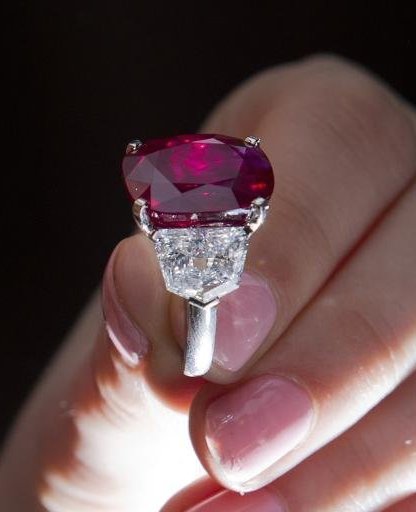
 Please wait...
Please wait...

 Please wait...
Please wait...

Ruby - July’s Birthstone
Ruby, July’s birthstone, is one of the most vibrant and striking gemstones. This stone belongs to the corundum family (also includes Sapphires) and chromium is the impurity that gives this stone its colour. ‘Pigeon’s blood’ refers to the deepest and purest red ruby with just a hint of blue.
The deeper the colour, the more expensive the stone will be. Prices in rubies are determined by clarity. Like with diamonds, the better the colour and clearer the stone, the heftier the price tag! If the gem has a lot of inclusions, the ruby will be cloudy, light red and may easily crack when falling. Rubies with rutile needle inclusions will make it a star ruby and are beautiful to wear in the evenings.
In Sri Lanka, pink sapphires are often sold as rubies. If the stone has a hint of pink, orange or purple, it is not a ruby. If you are buying a ruby do your research on colours. Pink sapphires do not command a high price as rubies. Natural rubies are good for investment purposes because top quality speciments are very rare.
Most rubies come from Burma and Thailand. Rubies will often be found in oval and cushion mixed cuts which bring out the vibrancy of the gem.
It is common to find rubies that have been treated. Treatments include heat treatment to reduce bluish/purplish hints. Glass filling to fill natural cracks on the gem’s surface. Other treatments would be to enhance colour by dying, etc. The latter two treatments reduce the price of rubies and must be mentioned to you when buying.
Synthetic or man-made rubies are also widely available and are often sold as natural rubies in touristic areas.
Since natural rubies command a higher price than treated or synthetic ones, make sure you only buy a ruby with a certificate!